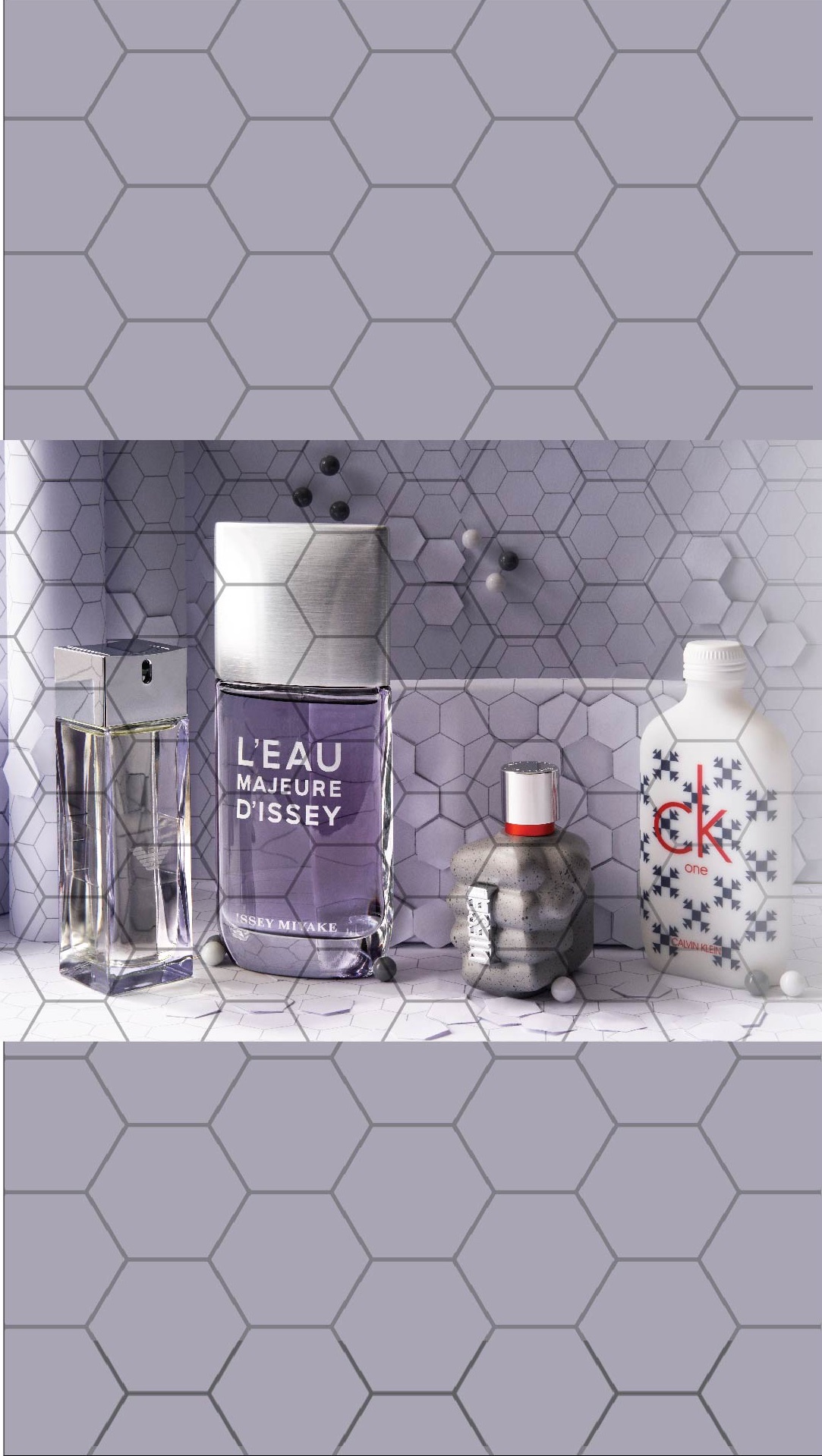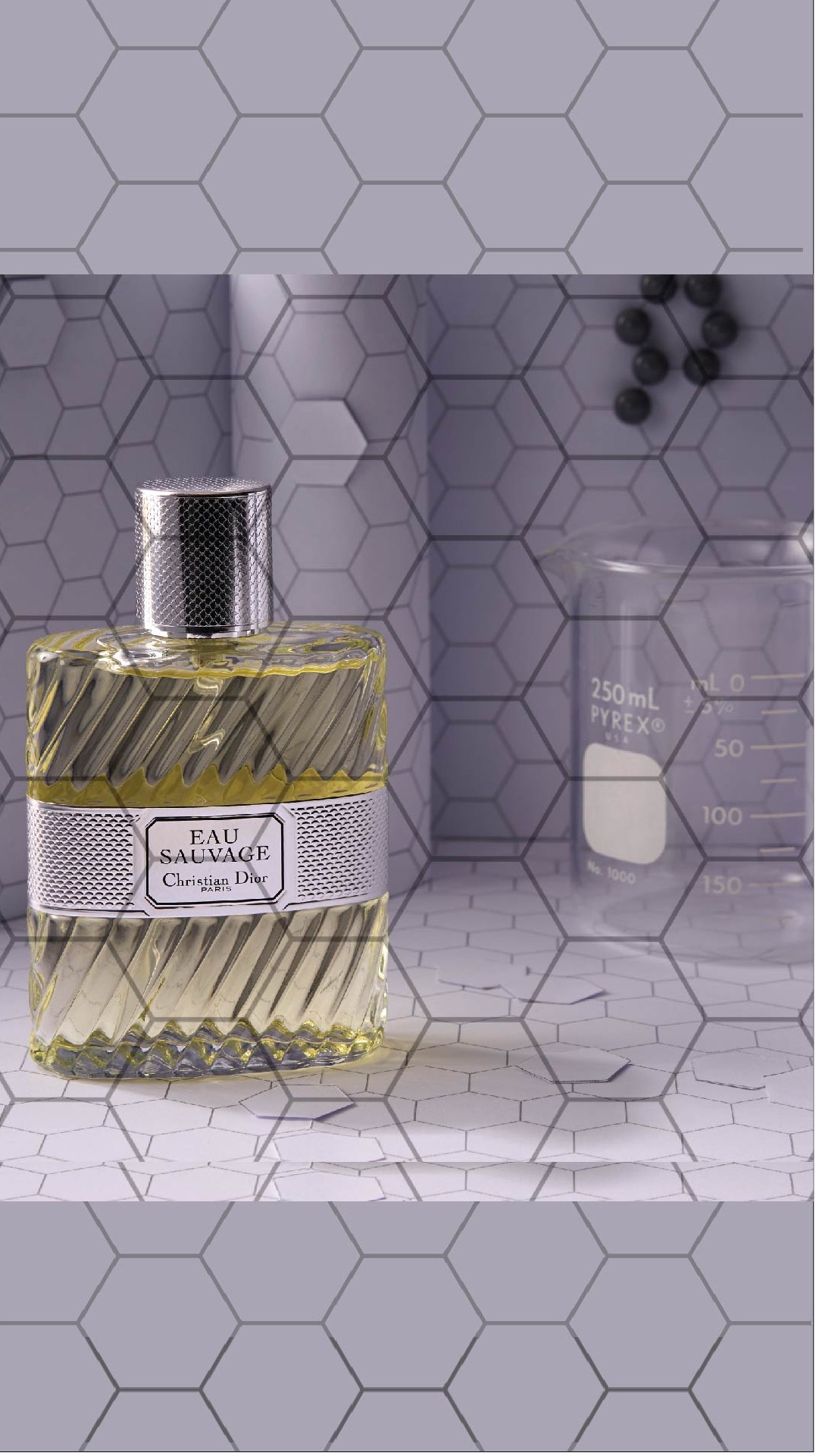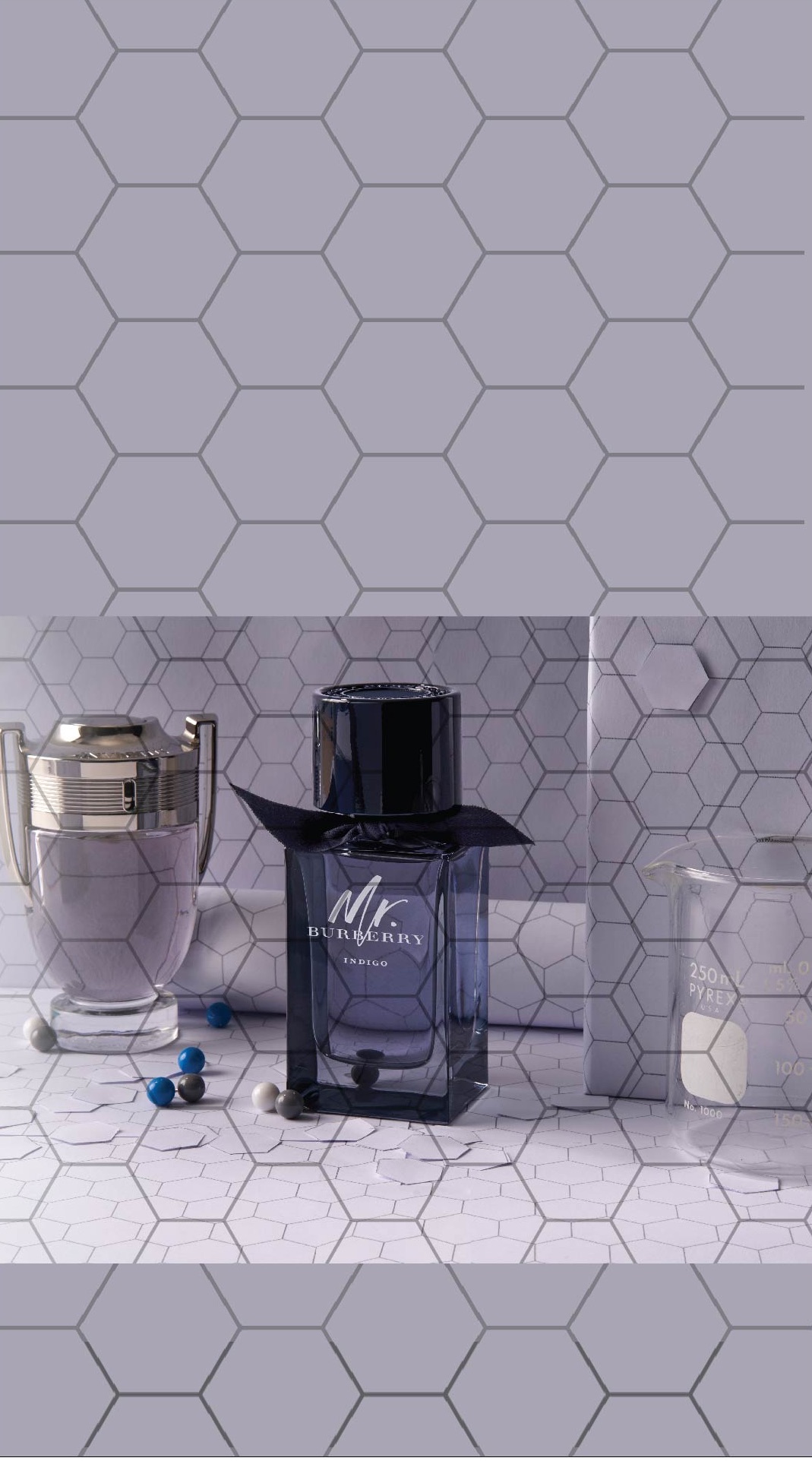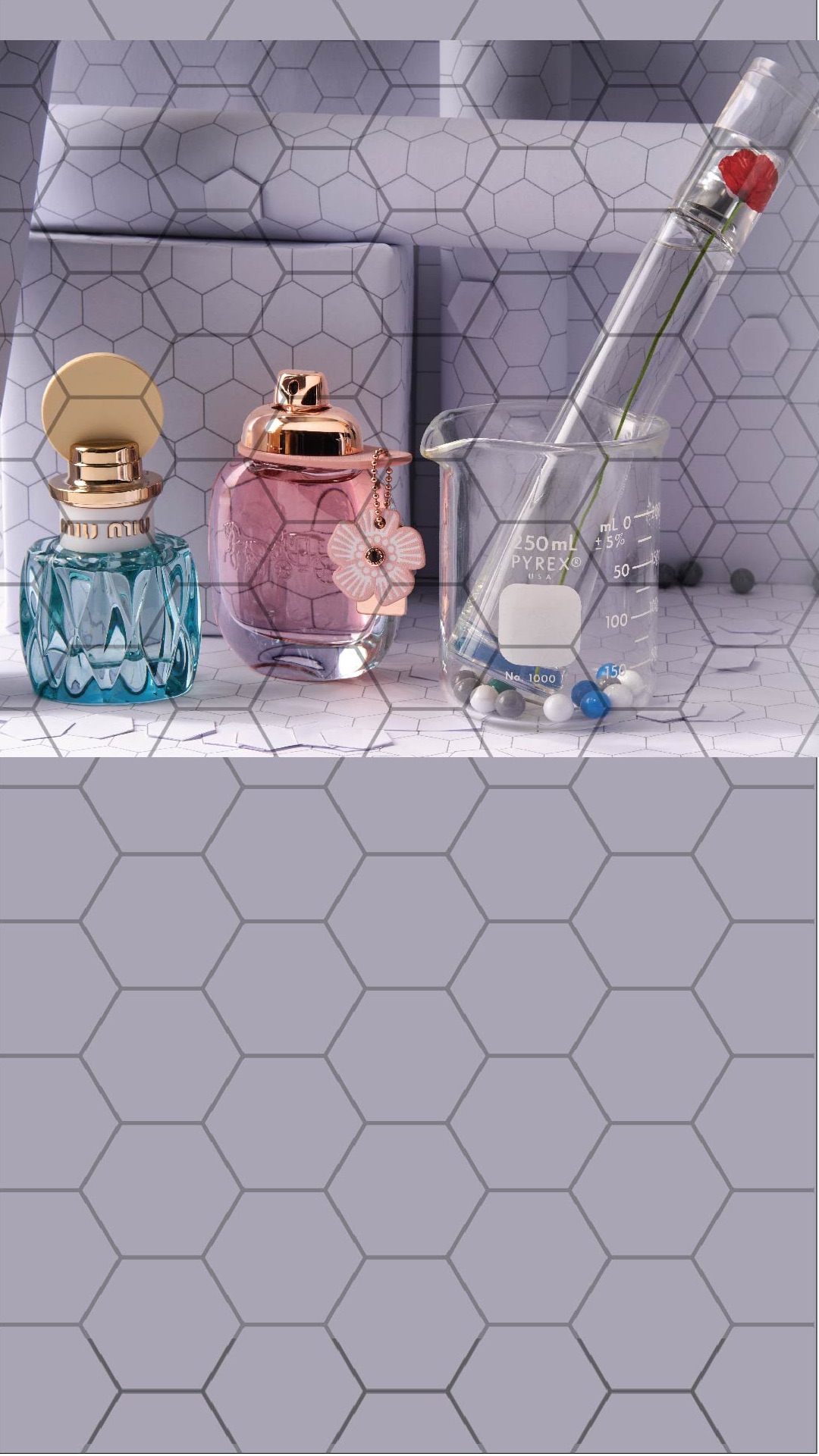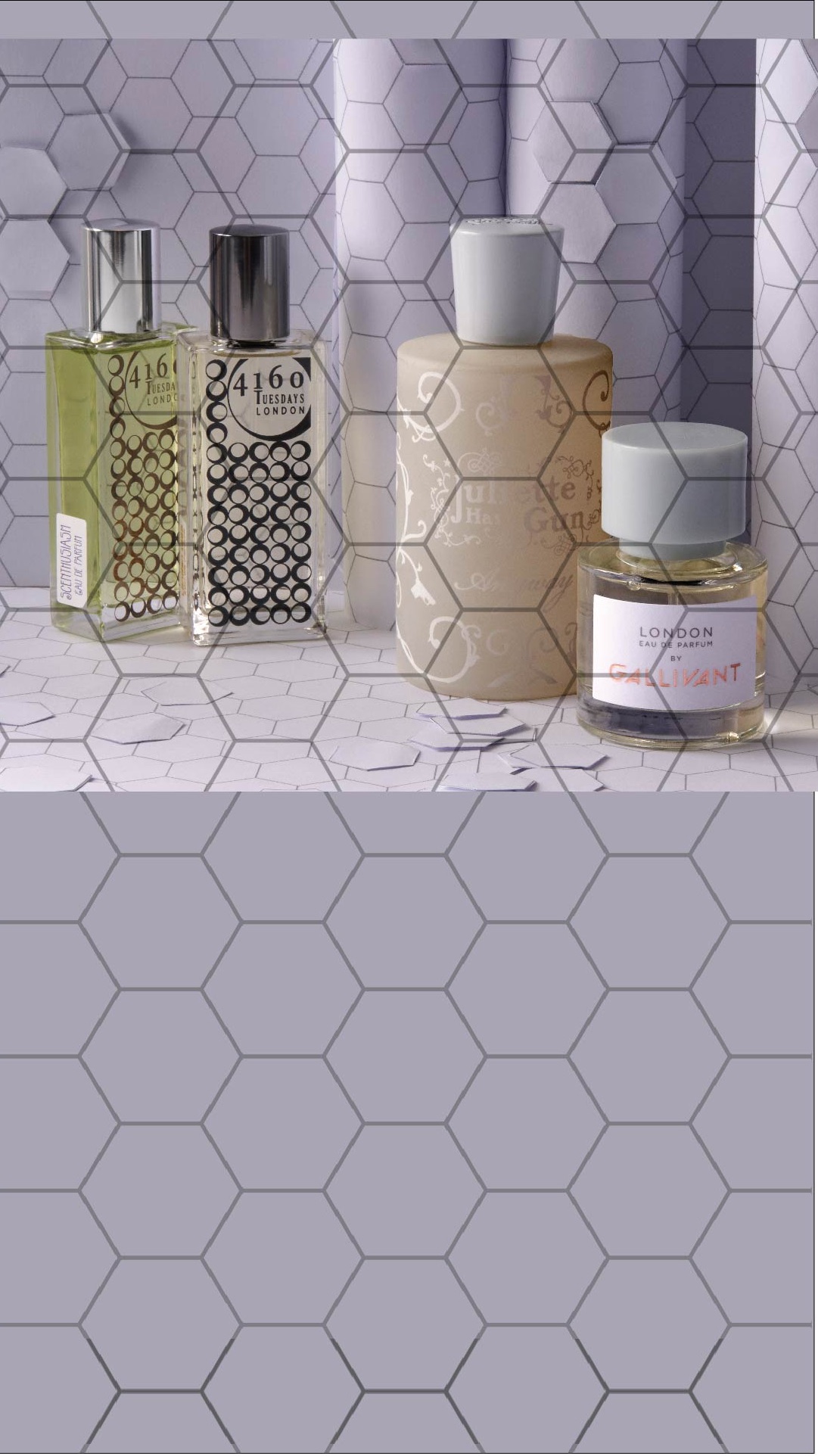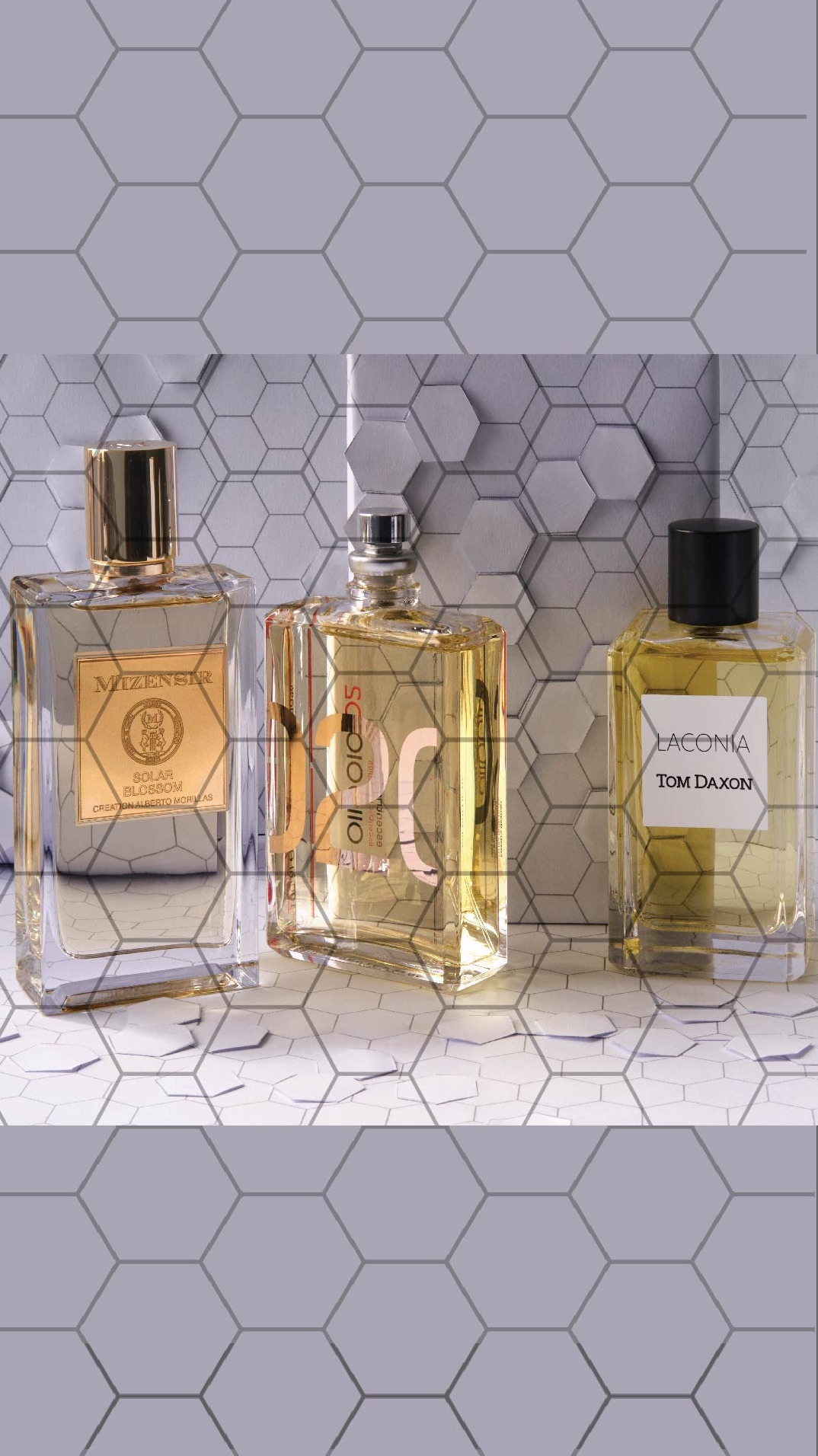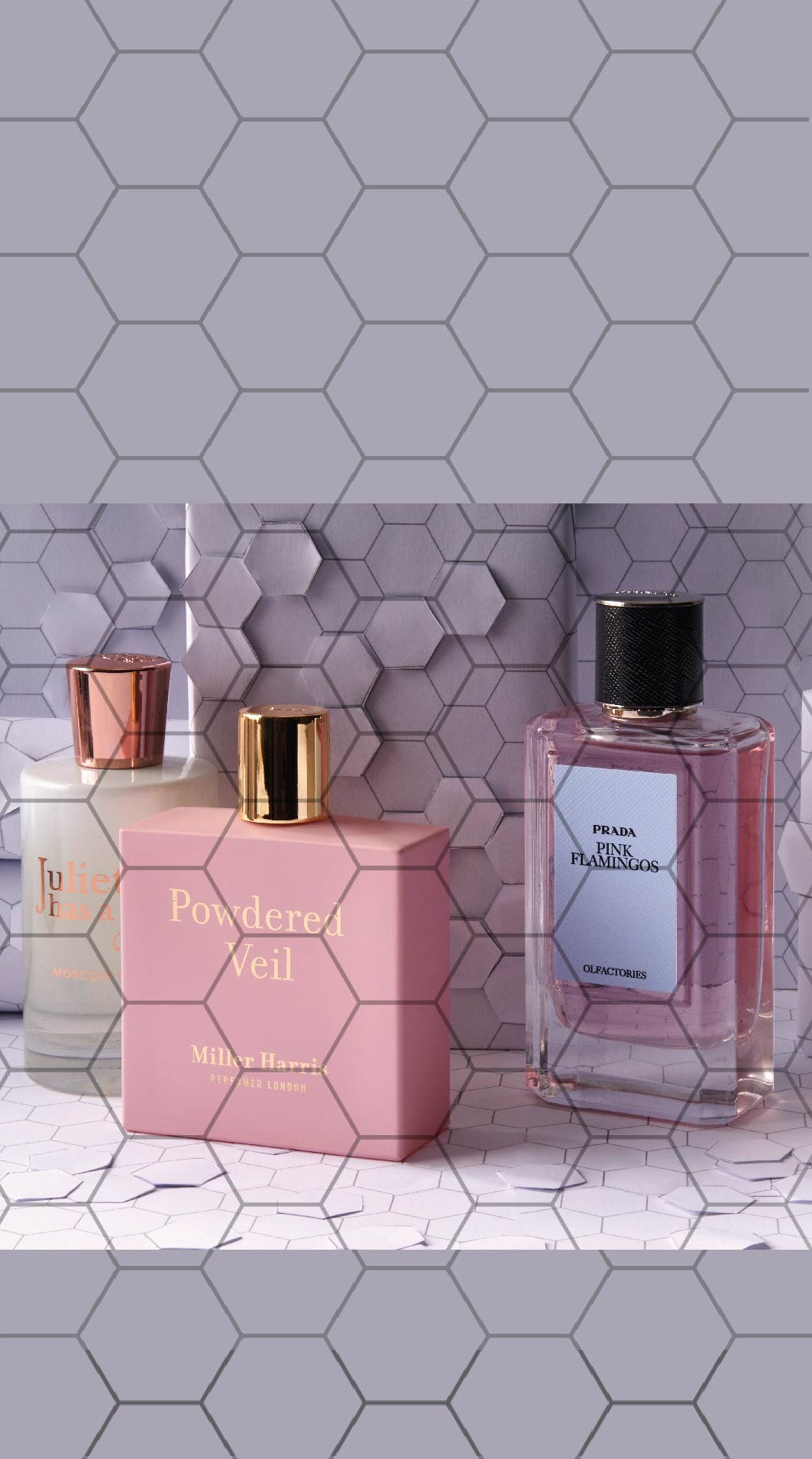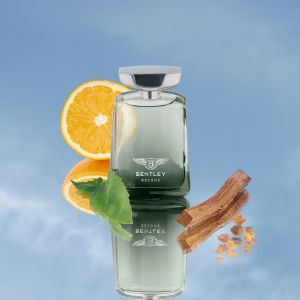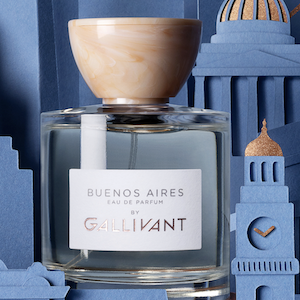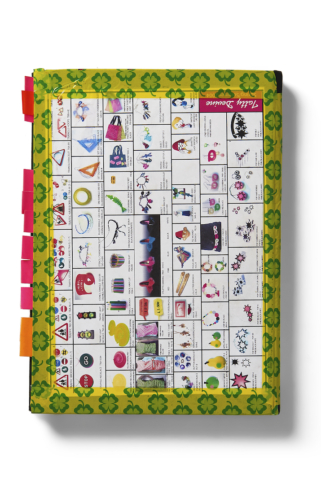The Cleverest Scent SS20
By Jo Phillips
Ethereal; extremely delicate and light in a way that seems not to be of this world.
Ethereal would be my chosen word to describe one of my all-time favourite ingredients. Hedione a scent that is divine, it’s floral-jasmine, very light, diffusive, airy, fresh smell with a small hint of lemon.
Outside the world of fragrance, not many would even have heard of the word, let alone known how powerful this 3 syllable word is.
So let me tell you all about this wonderful synthetic scent because, in fact, that is what it is.

Eau savage EDT natural spray Christian Dior
In 1958 as part of the study to breakdown every part of the jasmine scent chemist Dr Edouard. Demole who worked for Firmenich (a flavour and fragrance creating brand) was commissioned by the head of the company to investigate the majestic Mediterranean jasmine flower.
The biggest reason for this was because at that time over 80% of perfumes within the market contained jasmine, which of course was, and still is, one of the most expensive ingredients used in the world of perfumery.
This meant the pure essential oil was cost-prohibitive. But by the late 1950s, much of the constitution of the flower had been identified by chemists allowing for synthetics to be utilised.

Invictus Paco Rabanne EDT natural spray, Me Burberry Indigo EDT Burberry
However, for Robert Firmenich, the boss, this was not good enough. There were 13% of the flowers’ components that were still elusive, and so he wanted Dr. Edouard Demole as part of his Ph.D. to discover what this 13% was.
And Bingo he managed to isolate it and found methyl jasmonate, (one of 900 molecular components that make up jasmine ) before he synthesised it into the commercial name Hedione. Its name is derived from the Greek word Hedione, which translates into hedonism or pleasure. This synthetic jasmine had a lightness, greeny-lemon facet so those not wanting the heady, rich side of the flower could incorporate lighter jasmine into their fragrances.
It went on to become the most famous and also the most widely used jasmine substitute in the whole world of perfume. But, and of course, there is a but, it did not take off straight away. Many didn’t like its lightness and lack of ‘fatty’ depth that was so associated with this heady organic compound.

L’Eau blue Miu Miu, Eco Floral by Coach EDP, Flower Kenzo EDP
However, Robert Firmenich didn’t give up and after a while, he sent samples to several luxury perfume houses. Although still an expensive synthetic it was gaining in reputation. But the big, big moment for the synthetic was the creation of the enigmatic Eau Savage by Parfums Christian Dior in 1966; a fresh citrus fragrance for men. It had a floral accent that women found attractive. Think of Eau savage in its origins as a Jasmine chypre.

Scenthusiasm EDP 4160 Tuesdays London, 1969 EDP 4160 Tuesdays EDP, Anyway Juliet has a Gun, London EDP Gallivant
The extraordinarily well thought of (self-trained) perfumer Edmond Roudnitska who brilliantly created Eau Savage, created the first scent for men by the brand and oh what a fragrance it was and still is.
And it really is at its heart the Hedione that brings this alive. Because what we know now, and we didn’t know when Monsuier Roundnitska created it was that Hedione actually stimulates the brain, not only that is has been shown to stimulate a sexual response in human beings. (Hedione activates the putative pheromone receptor VN1R1, located in the olfactory epithelium and one of five still left in humans out of hundreds that occur in other mammals)
There is only 2.5% Hedione in Eau Savage because even as a synthetic it was expensive due to the manufacturing process. Once this was improved and the price dropped it became an absolute go-to, so by the time in 1998 it was used to make Odeur 53 by Comme des Garçons, the perfume contained a huge quantity of 65%.

Diamonds for Men Armani, LEau Majeure D’Issey Issey Miyake, Only The Brave Street Diesel CK One Collectors Edition Calvin Klein
There are boundless stories about it in the world of perfume too, and some noses are not able to smell it (that is until it is mixed with something else). For example, master perfumer Jacques Cavallier was only a child when his father (also a perfumer) bought a sample home to give it to the perfumer Edmond Roudnitska
Given a blotter by his father, Jacques, told his father that he couldn’t smell anything and his father said to hold onto it and put it by his bed. Low and behold, Jacques was woken in the night by the miraculous scent.
Sarah McCartney creator of 4160Tuesdays is another person that can’t actually smell the scent on its own, and she says:

Mandarins Corsica by L’artisan Perfumeur EDP, Jasmin Angélique by Atelier Cologne, White Peacock Lily by D.S & Durga
“I’m one of those people who can hardly smell Hedione at all; I have it labelled at the studio as “fresh air” for perfume making workshops.
Some people love it, and smell flowers, some smell lemons and some smell both. About one third-get nothing at all.
But as soon as they put it with another material, for example, Hedione + bergamot, it’s as if the other bursts forth into life and adventure, like watching one of those 1970s speeded-up films of a bud turning into a flower.
It makes a natural smell as if you’ve just picked them fresh from the garden and it adds longevity too. It’s also totally benign and makes your highly restricted citrus essential oil fragrances safer to wear.

Solar Blossom EDP Mizensir, Escentric 02 Escentric Molecules, Laconia EDP Tom Daxon
It’s like blowing air into a flat balloon; the air doesn’t seem that significant by itself, but once it’s in there you realise how powerful it is.”
Several of her fragrances that have it are shown in this shoot including London 1969 a fragrance that uses materials that were all in use and popular at the end of the 60s, so she uses Hedione to evoke the feeling of Hyde Park at the Rolling Stones concert.
Scenthusiasm, another of hers, was originally made for Hendricks gin, at a creative thinking event. She used the botanicals that they have in their original gin: rose, orris, lemon, orange, coriander, juniper and cucumber. In order to make it wearable, she added equal parts of Hedione, Iso E Super and synthetic musk. The three together open up the florals then smooth and soften the pointy edges of the citrus fruits and herbs.
Nick Stewart of the fragrance brand Gallivant says:
“Hedione is the equivalent of feeling the sun beam down on you – it puts a smile on your face and a spring in your step.
It brings some freshness to floral notes, gives them a bit of 3D and colour, a natural boost.
I’m so happy to have it in our palette at gallivant. It is used in both London and loads in Tel Aviv, which maybe explains why it has become a much-loved fragrance.“

Moscow Mule EDP Juliette has a Gun, Powdered Viel Miller Harris, Pink Flamingos EDT Prada
As mentioned by both of these experts, Hedione has a magical ability to hold soften and expand a fragrance and is often used as much for these qualities as it is for its beautiful scent. It is without doubt, as I’m sure you will have now read, a truly influential ingredient in modern perfumery.
Almost elastic in its usage, as it can be paired with so many other ingredients, it has earned its well-seated place amongst the grand thrones of ingredients for perfume makers and alongside perfume wearers, even if they don’t know its name, well hopefully now they will.

